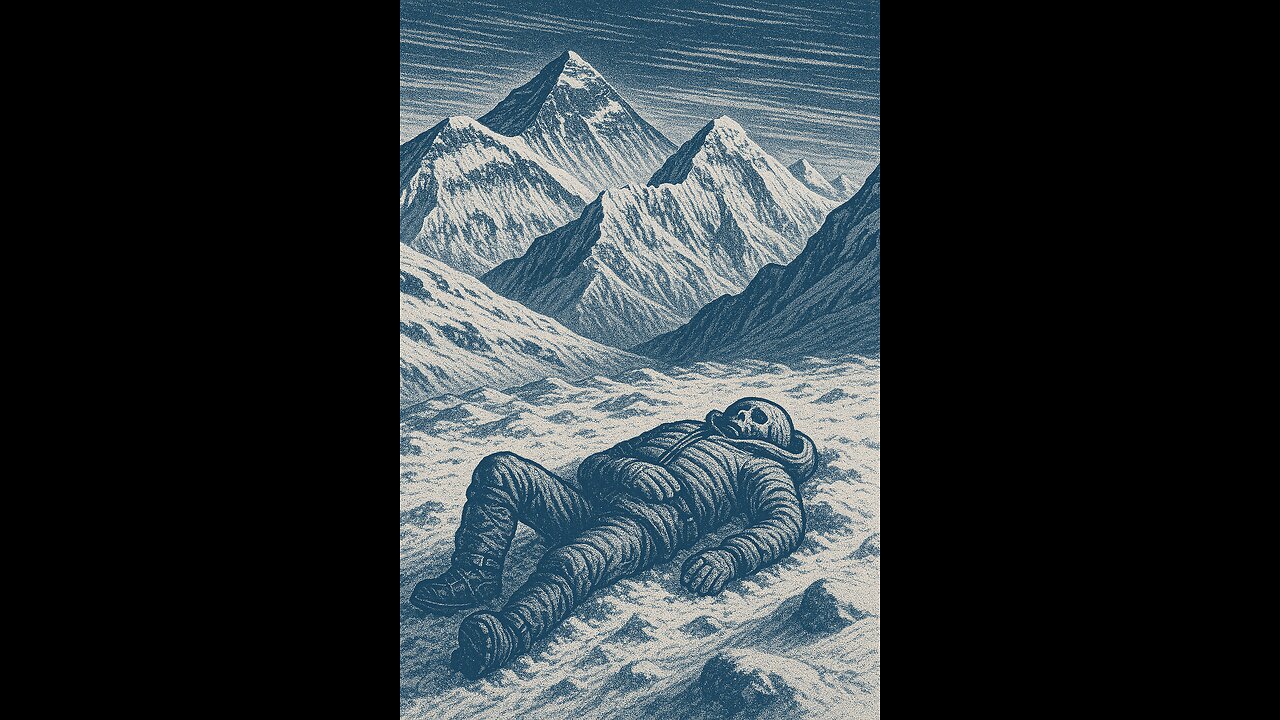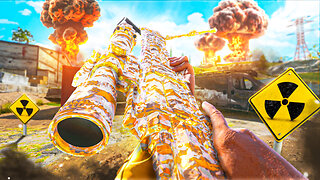Premium Only Content
This video is only available to Rumble Premium subscribers. Subscribe to
enjoy exclusive content and ad-free viewing.

Death Everest
3 months ago
23
In Mount Everest’s “death zone” (above ~8,000 meters), the atmospheric pressure drops to about one-third that at sea level, drastically reducing available oxygen and causing hypoxia that impairs judgment and motor control, while extreme cold (often below -30 °C) leads to rapid frostbite and hypothermia.
The thin air also hampers heat retention and dehydrates climbers through increased respiratory water loss.
High winds exceeding 100 km/h can strip away insulating layers of air, compounding exposure, and sudden storms can obscure routes or cause deadly whiteouts.
Additionally, low atmospheric pressure alters gas exchange in the lungs, intensifying pulmonary and cerebral edema risks that can quickly become fatal without rapid descent.
Loading comments...
-
 LIVE
LIVE
bucketofish
1 hour ago///ARC Raiders || Loot, Scoot + Boogie
71 watching -
 LIVE
LIVE
GritsGG
5 hours ago#1 Most Warzone Wins 3953+!
354 watching -
 LIVE
LIVE
Spartan
1 hour agoGetting to DLC Boss on Stellar Blade (Hard Mode), then moving on to something else.
39 watching -
![THIS GAME IS SO OLD :: Half-Life (1998) :: FINISHING IT TODAY [FIRST TIME PLAYING] {18+}](https://1a-1791.com/video/fww1/5e/s8/1/A/6/a/y/A6ayz.0kob-small-THIS-GAME-IS-SO-OLD-Half-Li.jpg) LIVE
LIVE
a12cat34dog
3 hours agoTHIS GAME IS SO OLD :: Half-Life (1998) :: FINISHING IT TODAY [FIRST TIME PLAYING] {18+}
117 watching -
 10:23
10:23
Forrest Galante
12 hours agoAsking an Indian Billionaire Why He Is Saving 1 Million Animals
88.9K24 -
 LIVE
LIVE
LexTronic
2 hours agoEditing Photos from DreakHack
68 watching -
 LIVE
LIVE
DoldrumDan
1 hour agoSEKIRO DAY 18 FIRST PLAYTHROUGH - DAY 37 NEW LIFE
34 watching -
 23:30
23:30
Lady Decade
23 hours ago $21.88 earnedYakuza Kiwami 3 is Causing Outrage !
50.5K13 -
 LIVE
LIVE
Lofi Girl
3 years agolofi hip hop radio 📚 - beats to relax/study to
146 watching -
 2:48:38
2:48:38
Pepkilla
3 hours agoArc Raiders First Try Send HALLLPPPP
3521